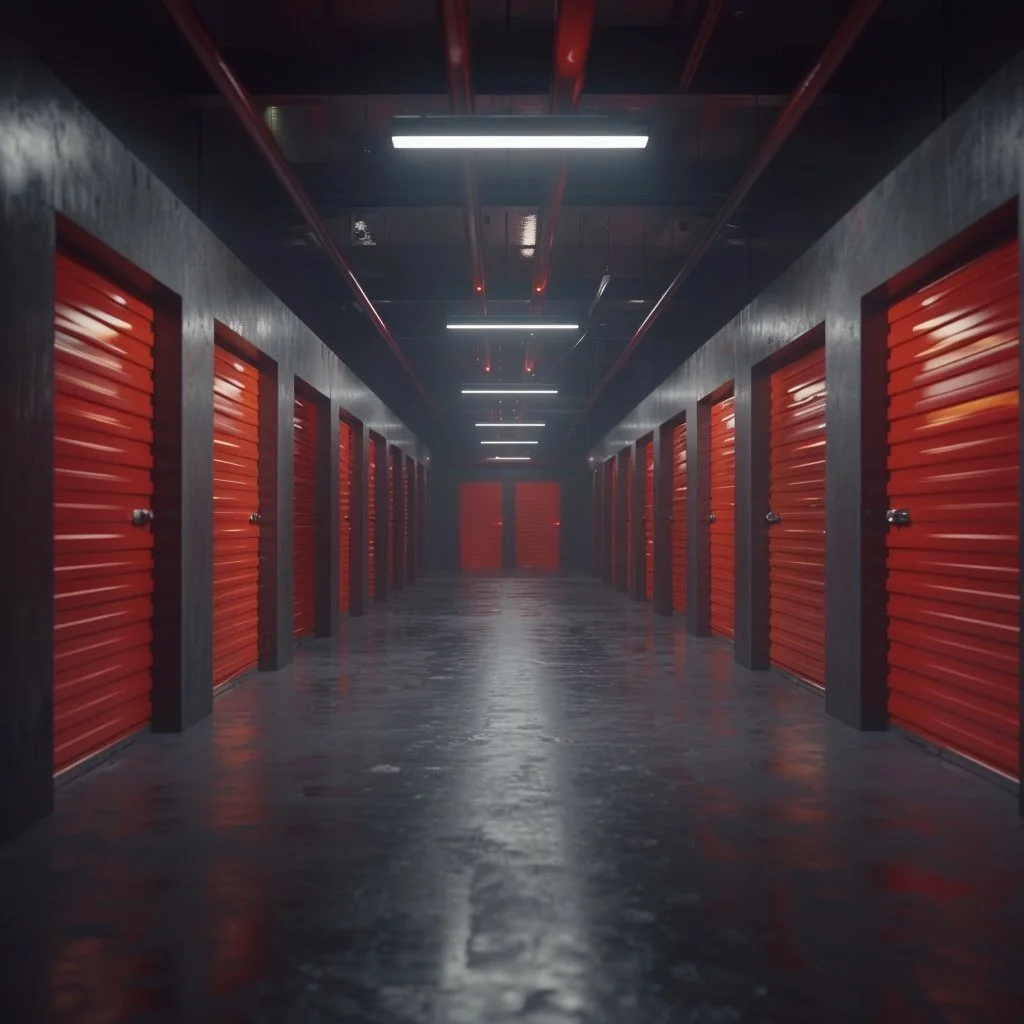Best Places to Open Self Storage Facilities
The self-storage industry has experienced significant growth in recent years, driven by changing consumer behaviors and lifestyle trends. As more people seek flexible storage solutions for their belongings, the demand for self-storage facilities continues to rise.
However, the success of a self-storage business hinges not only on the quality of its facilities but also on its choice of market and location. In this blog, we'll explore the best markets and locations for opening self-storage facilities, highlighting key considerations and strategies for success in this dynamic industry.
1. Understanding the Self-Storage Market
The self-storage industry provides individuals and businesses with secure storage space for their belongings, offering convenience and flexibility. Factors such as urbanization, downsizing trends, and increased mobility contribute to the growing demand for self-storage services. According to industry reports, the self-storage market is projected to continue expanding, with strong demand expected across various demographic segments and geographic regions.
2. Key Considerations for Market Selection
Population Growth and Demographics: Analyzing population trends and demographics is essential for identifying target customer segments and assessing demand for self-storage services. Urban areas with growing populations and high residential turnover rates often present lucrative opportunities for self-storage businesses.
Economic Indicators: Economic stability, job growth, and income levels are critical factors influencing self-storage demand. Areas experiencing robust economic growth and increasing household incomes are likely to have higher demand for storage solutions, particularly among transient or mobile populations.
Real Estate Market Conditions: The availability of suitable land or existing properties for self-storage development, as well as rental rates and competition from existing facilities, are crucial considerations when selecting a market. Urban markets with limited space for new construction may require innovative solutions or adaptive reuse of existing properties.
3. Top Markets for Opening Self-Storage Facilities
Metropolitan Areas with High Population Density: Major metropolitan areas with dense populations offer significant potential for self-storage businesses. Urban dwellers often face space constraints and may rely on self-storage for temporary or long-term storage needs. While competition may be fierce in urban markets, the high demand for storage solutions presents opportunities for savvy investors.
Suburban and Exurban Growth Corridors: Suburban areas experiencing rapid population growth and expansion are prime locations for self-storage development. As families relocate to suburban communities seeking affordable housing and better amenities, the demand for storage facilities increases. Targeting growth corridors where new residential developments are underway can position self-storage businesses for success.
Secondary and Tertiary Markets: Smaller cities and towns in secondary and tertiary markets also offer opportunities for self-storage investment. While these markets may have lower population densities compared to major metropolitan areas, they often have less competition and lower barriers to entry. Investing in emerging markets with untapped demand for storage services can yield favorable returns over time.
4. Location Strategies for Self-Storage Facilities
Proximity to Residential Areas: Convenience and accessibility are paramount considerations when selecting locations for self-storage facilities. Ideally, self-storage facilities should be situated near residential neighborhoods or along commuter routes, making it easy for customers to access their belongings.
Accessibility and Visibility: Highly visible and accessible locations attract more customers and enhance brand awareness. Self-storage facilities located near major thoroughfares or commercial centers benefit from increased visibility and foot traffic, driving customer acquisition and occupancy rates.
Zoning and Regulatory Considerations: Understanding zoning regulations and permitting requirements is essential for navigating the development process for self-storage facilities. Working closely with local authorities and obtaining necessary permits ensures compliance with regulatory requirements and facilitates smooth facility operations.
5. Conclusion
Selecting the right market and location is crucial for the success of a self-storage business. By conducting thorough market research, analyzing demographic trends, and assessing economic indicators, investors can identify lucrative opportunities and make informed decisions.
Additionally, strategic location selection, coupled with compliance with zoning and regulatory requirements, lays the foundation for sustainable growth and profitability in the competitive self-storage industry. As the demand for storage solutions continues to rise, aspiring self-storage entrepreneurs have ample opportunities to capitalize on this growing market segment.







